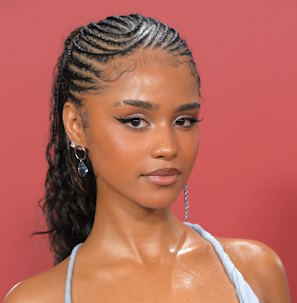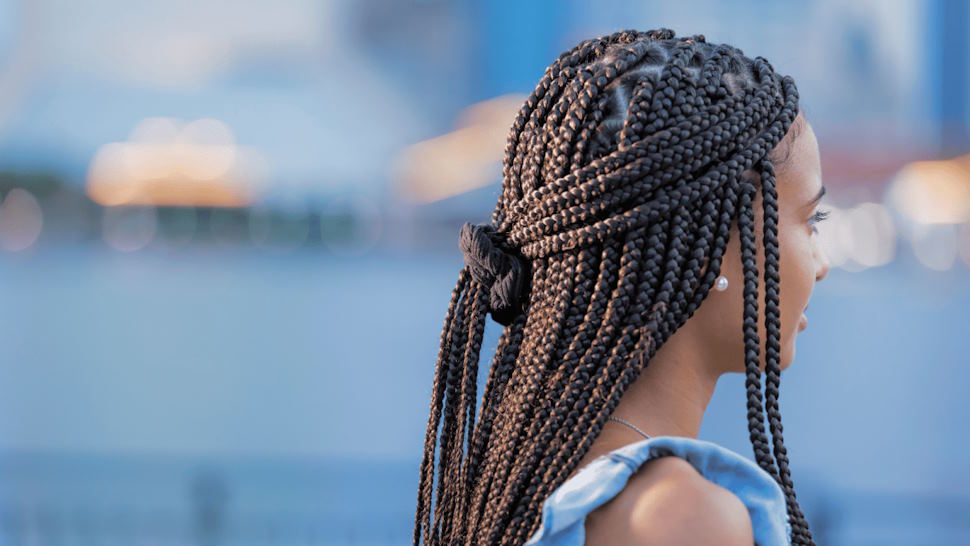The Intersection of Cornrow Braids and Social Media Influences
Cornrow braids, with their intricate patterns and cultural significance, have long been cherished as a timeless expression of beauty and heritage within various communities. Yet, in the age of social media, their allure has transcended traditional boundaries, finding new life as a focal point of trendsetting and self-expression. From Instagram to TikTok, platforms abound with captivating images and tutorials showcasing the versatility of cornrow styles, heralding a new era where cultural aesthetics intersect with the digital landscape.
Rise of Social Media Influences
In recent years, the advent of social media has revolutionized the way we consume and interact with content, giving rise to a new breed of influencers who wield considerable influence over global trends and consumer behavior. Platforms like Instagram, TikTok, and YouTube have become virtual playgrounds where individuals can share their creativity, connect with like-minded communities, and shape the cultural zeitgeist. Within this digital ecosystem, beauty and fashion have emerged as dominant themes, with users turning to influencers for inspiration, advice, and validation.
The allure of social media lies in its ability to democratize beauty, allowing individuals from all walks of life to showcase their unique style and perspective. For many, cornrow braids have become a canvas for self-expression, with users experimenting with different patterns, colors, and embellishments to create truly eye-catching looks. From intricate tribal braids to sleek and modern designs, the possibilities are endless, giving rise to a vibrant tapestry of cornrow styles that reflects the diversity of the global community.

Cornrow Braids in the Age of Social Media
The proliferation of cornrow styles on social media has had a profound impact on beauty standards and cultural perceptions, challenging conventional notions of beauty and redefining the narrative around cultural appropriation. On one hand, the visibility of cornrow braids on platforms like Instagram has helped to elevate and celebrate Black beauty, shining a spotlight on a hairstyle that has often been marginalized or stigmatized in mainstream media. By showcasing diverse representations of cornrow styles, influencers have played a pivotal role in promoting inclusivity and representation within the beauty industry.
However, the commodification of cornrow braids on social media has also raised concerns about cultural appropriation and the exploitation of Black culture for profit. In recent years, we have witnessed numerous instances of non-Black individuals appropriating cornrow styles without acknowledging their cultural significance or the struggles faced by the communities from which they originate. This has sparked heated debates about the ethics of cultural exchange on social media and the importance of respecting the cultural heritage of marginalized groups.
Influence on Beauty Standards and Cultural Appropriation
 The phenomenon of cultural appropriation is complex and multifaceted, encompassing a wide range of behaviors and attitudes that perpetuate power imbalances and marginalize minority cultures. In the context of cornrow braids, cultural appropriation often manifests as the co-optation of a hairstyle that holds deep cultural significance for Black communities without acknowledging or honoring its roots. This can take many forms, from fashion brands selling cornrow-inspired wigs to influencers profiting off tutorials that fail to credit the hairstyle’s cultural origins.
The phenomenon of cultural appropriation is complex and multifaceted, encompassing a wide range of behaviors and attitudes that perpetuate power imbalances and marginalize minority cultures. In the context of cornrow braids, cultural appropriation often manifests as the co-optation of a hairstyle that holds deep cultural significance for Black communities without acknowledging or honoring its roots. This can take many forms, from fashion brands selling cornrow-inspired wigs to influencers profiting off tutorials that fail to credit the hairstyle’s cultural origins.
Moreover, the perpetuation of unrealistic beauty standards on social media can exacerbate feelings of inadequacy and insecurity among individuals who do not conform to mainstream ideals. While platforms like Instagram and TikTok have made strides towards promoting body positivity and diversity, there is still a long way to go in terms of dismantling harmful stereotypes and promoting more inclusive representations of beauty. By centering the voices and experiences of marginalized communities, we can work towards creating a more equitable and inclusive digital landscape where everyone feels seen, valued, and celebrated.

 Erin Lopresti: The face behind the fashion. Discover the artistry of style with expert insights, beauty revelations, and a personal touch that transforms every reader into a trendsetter.
Erin Lopresti: The face behind the fashion. Discover the artistry of style with expert insights, beauty revelations, and a personal touch that transforms every reader into a trendsetter.